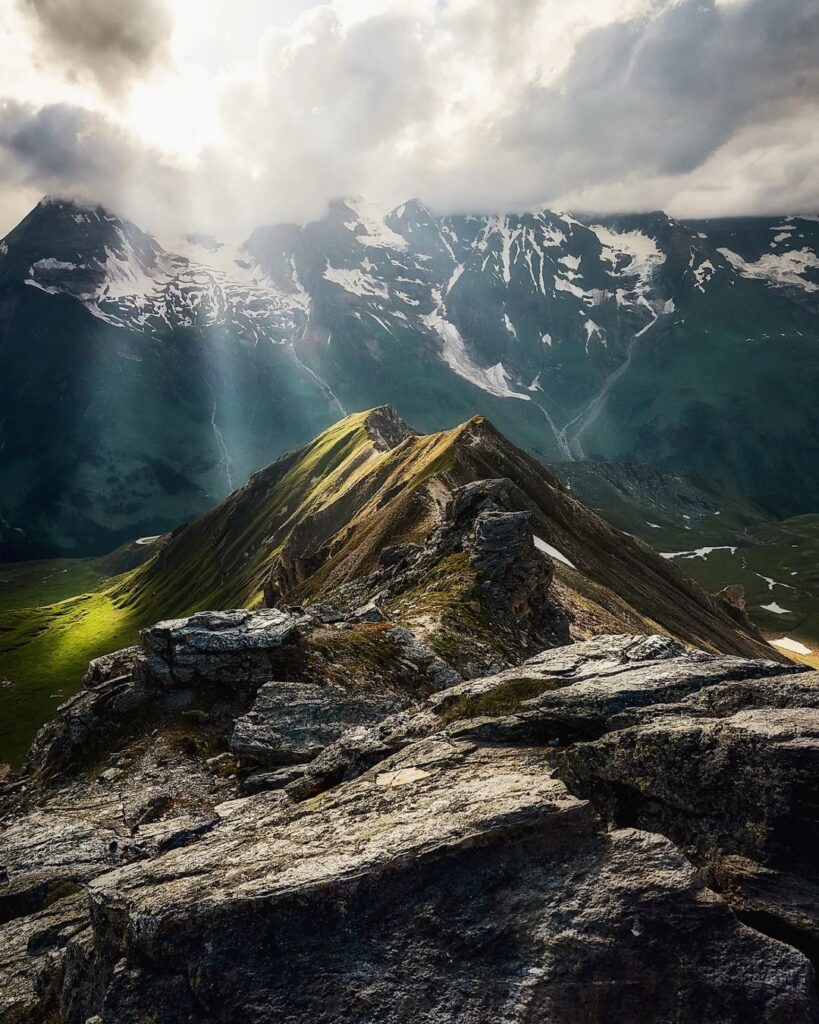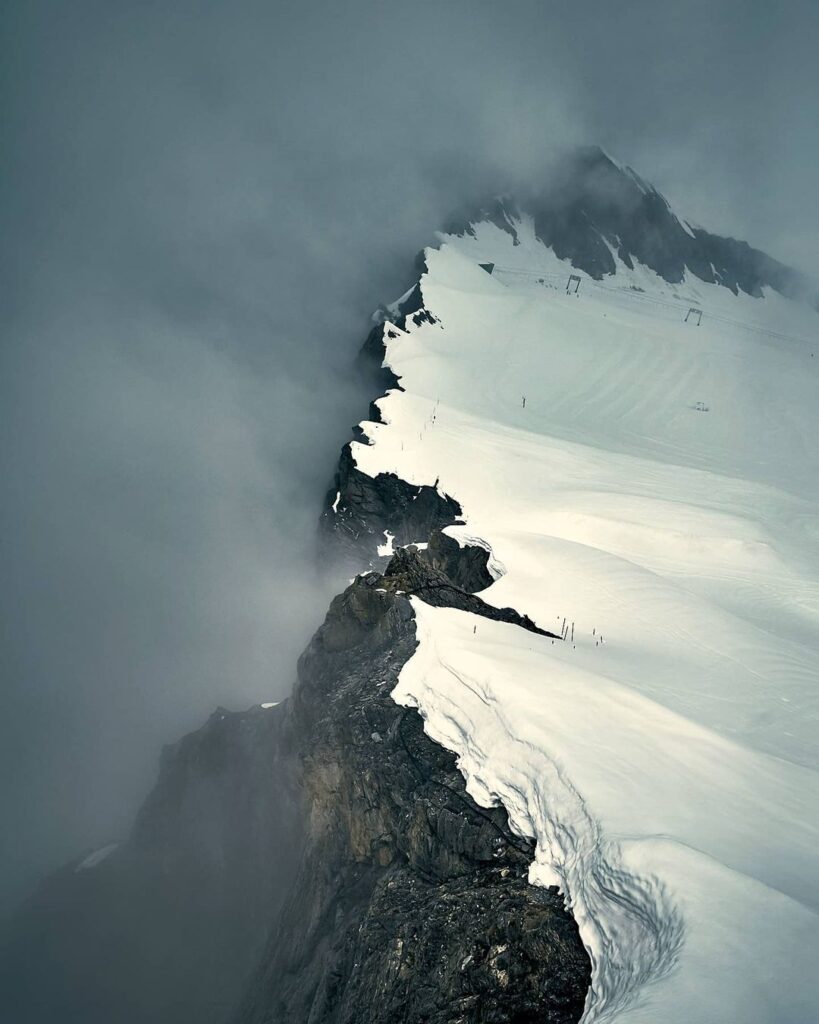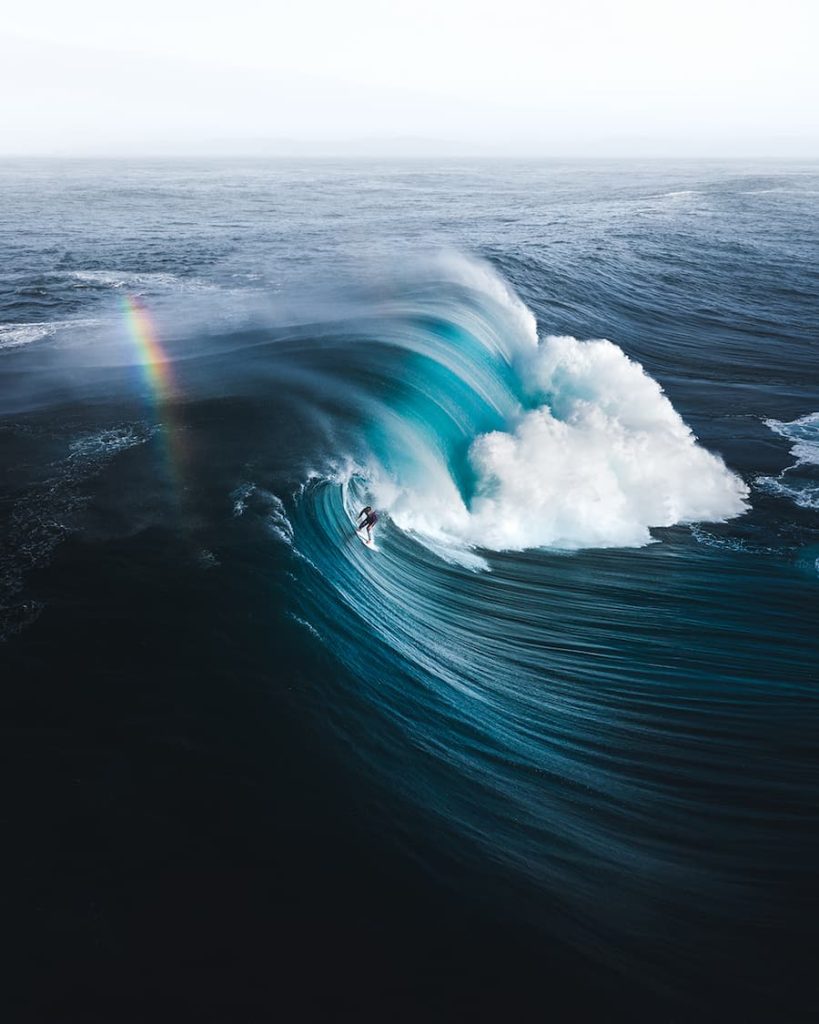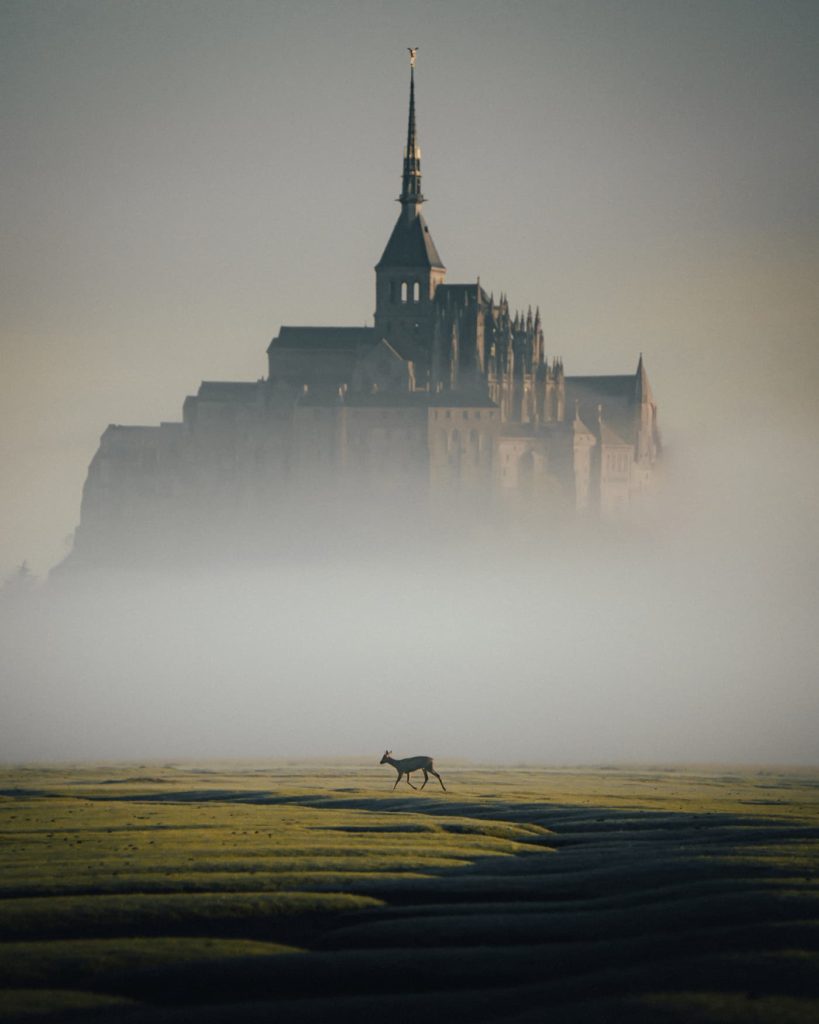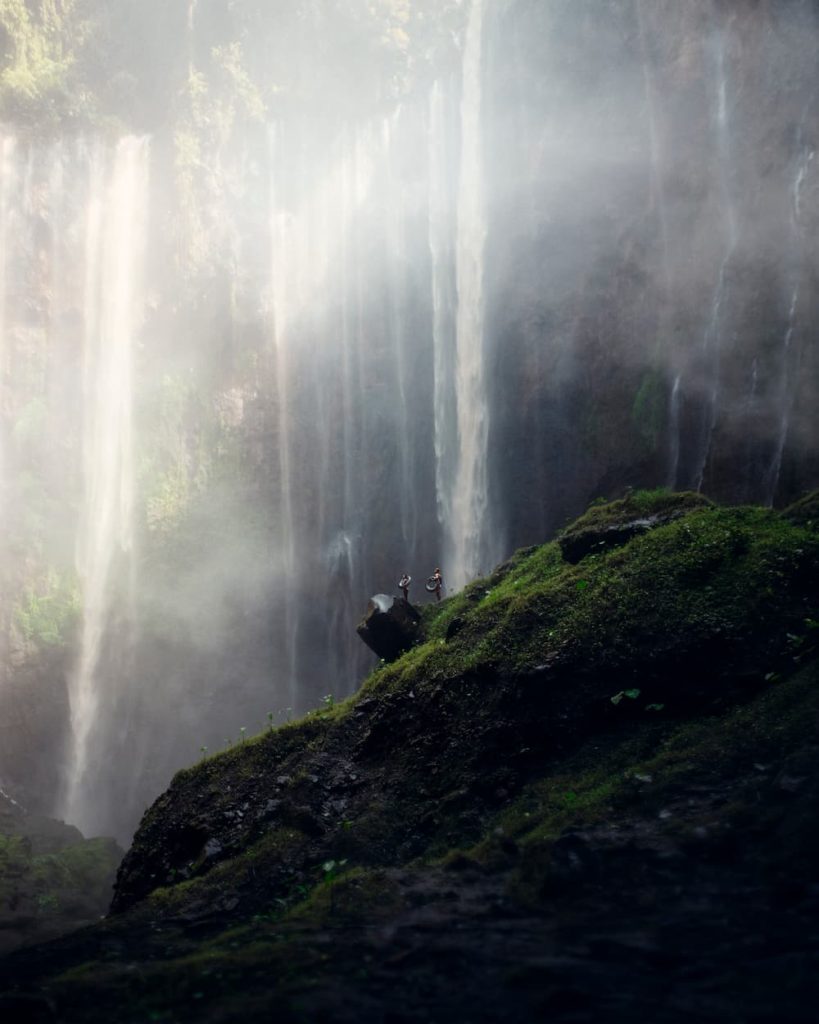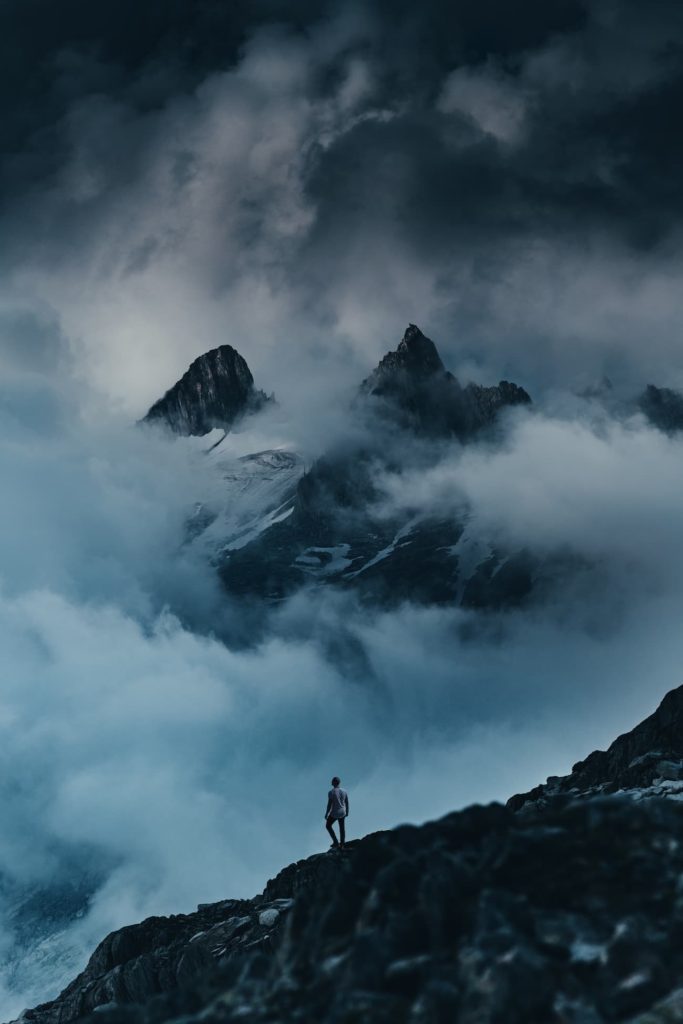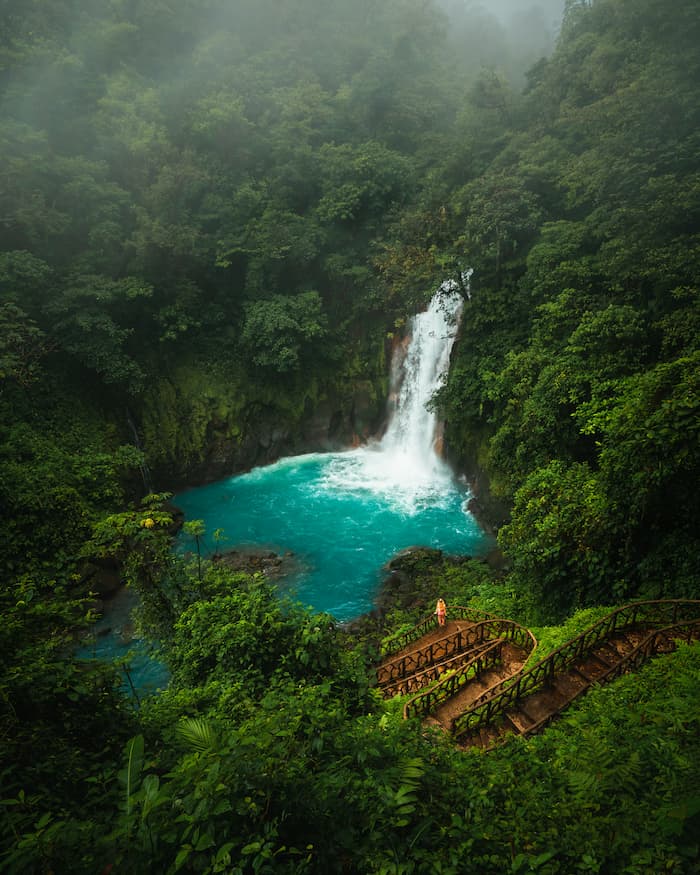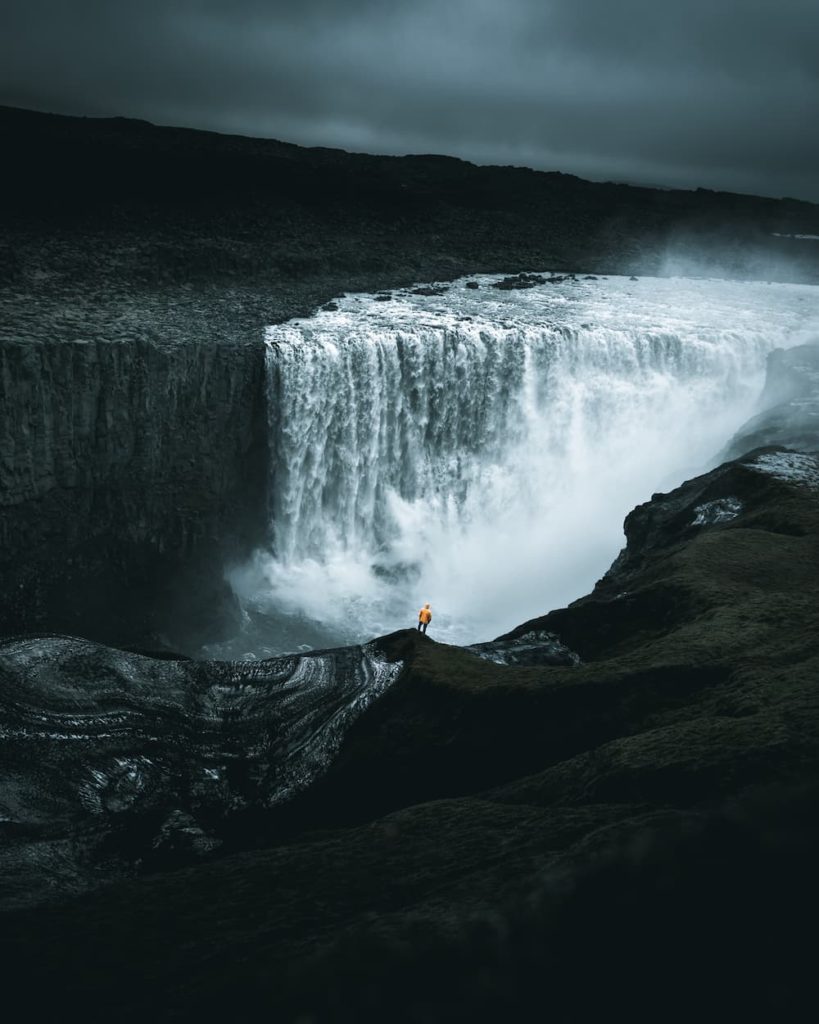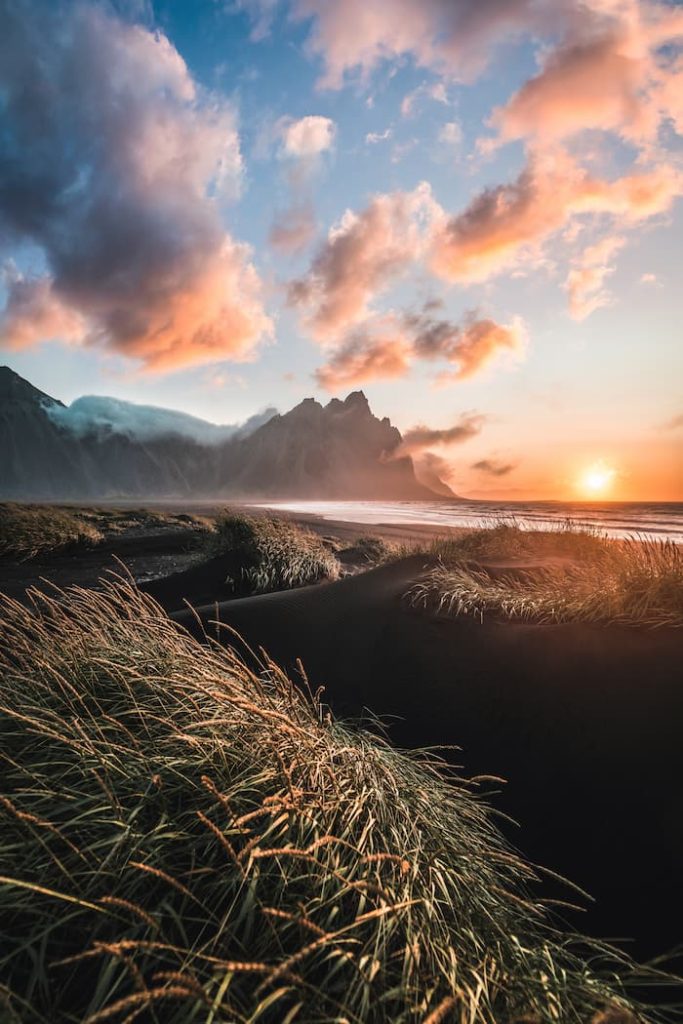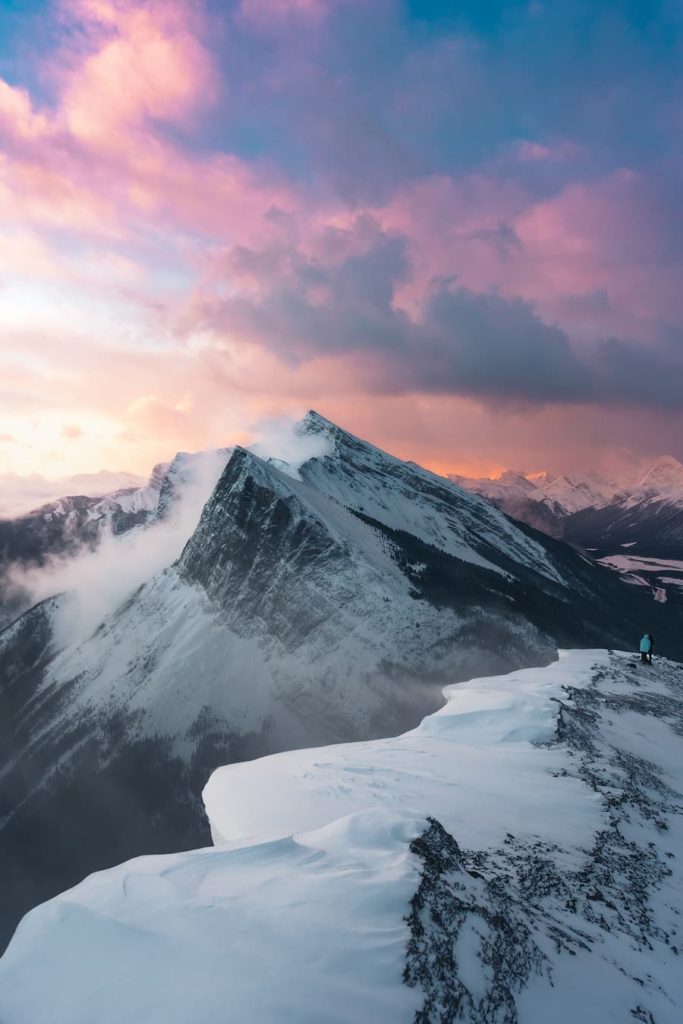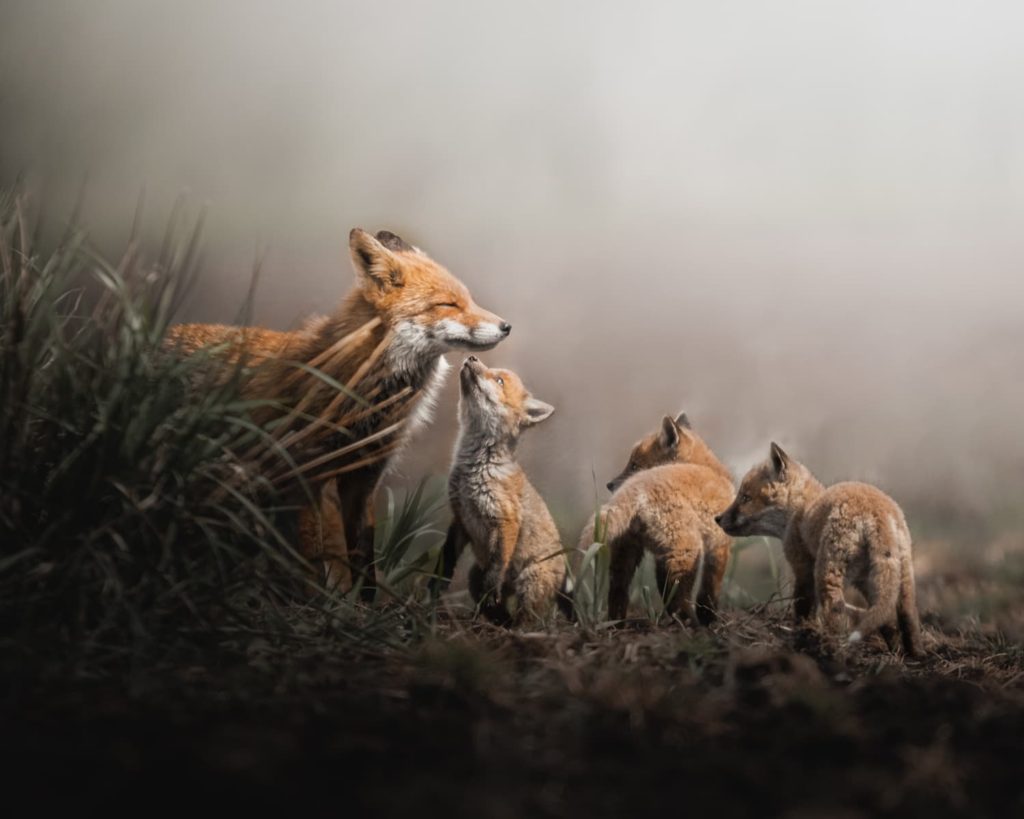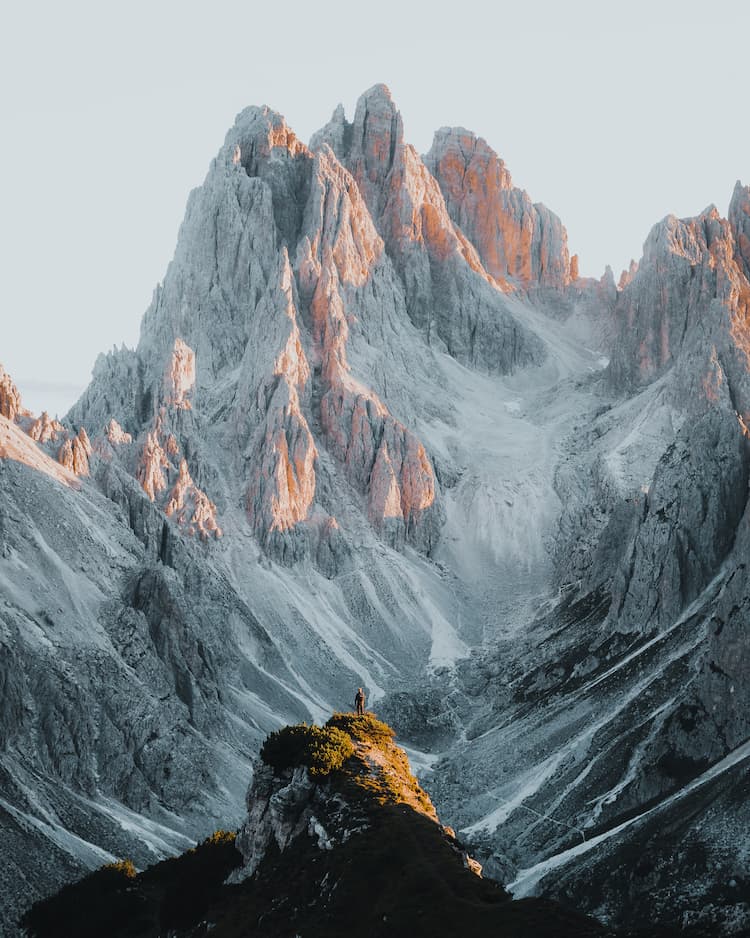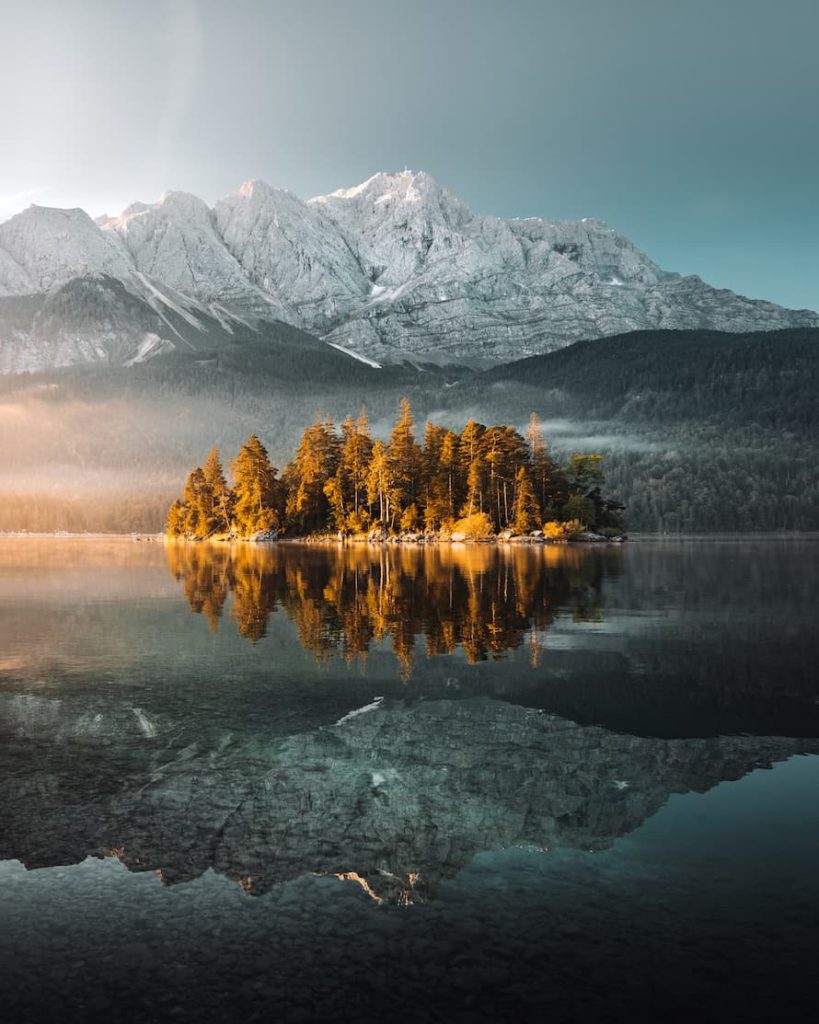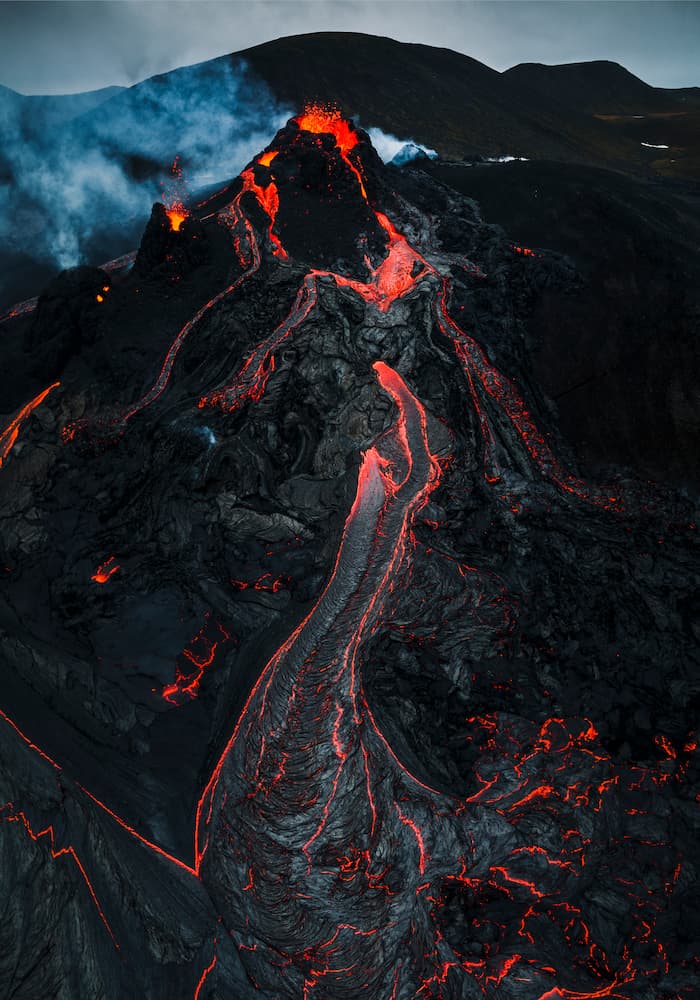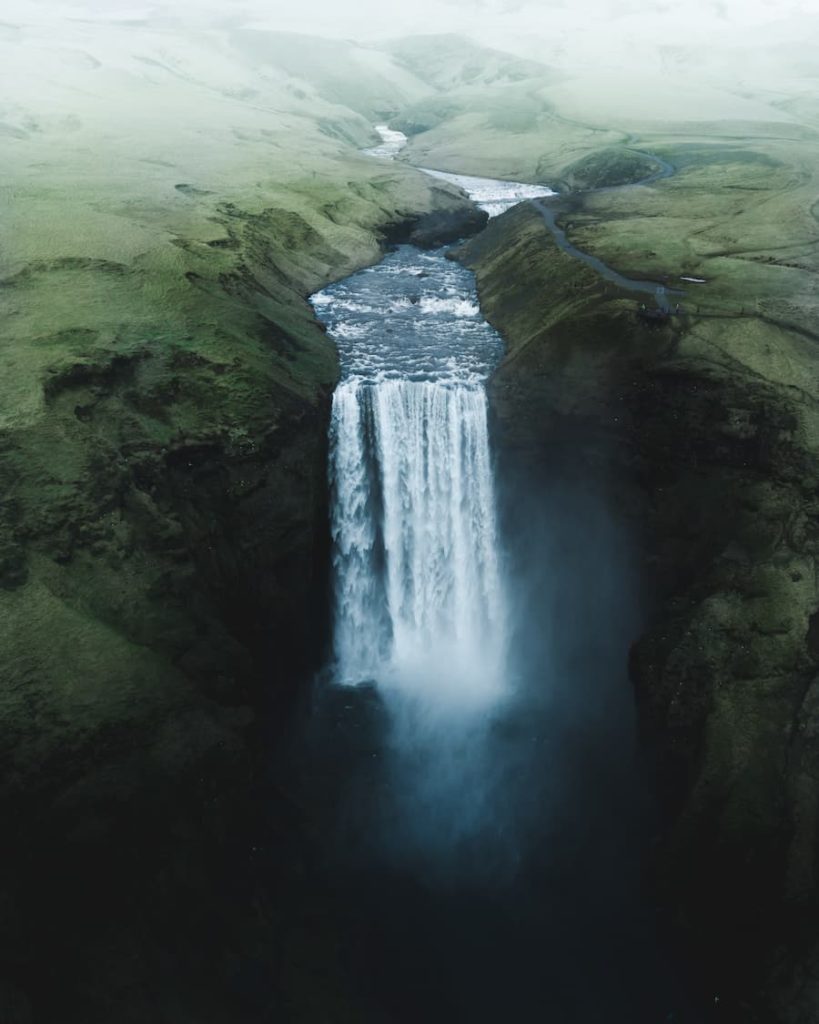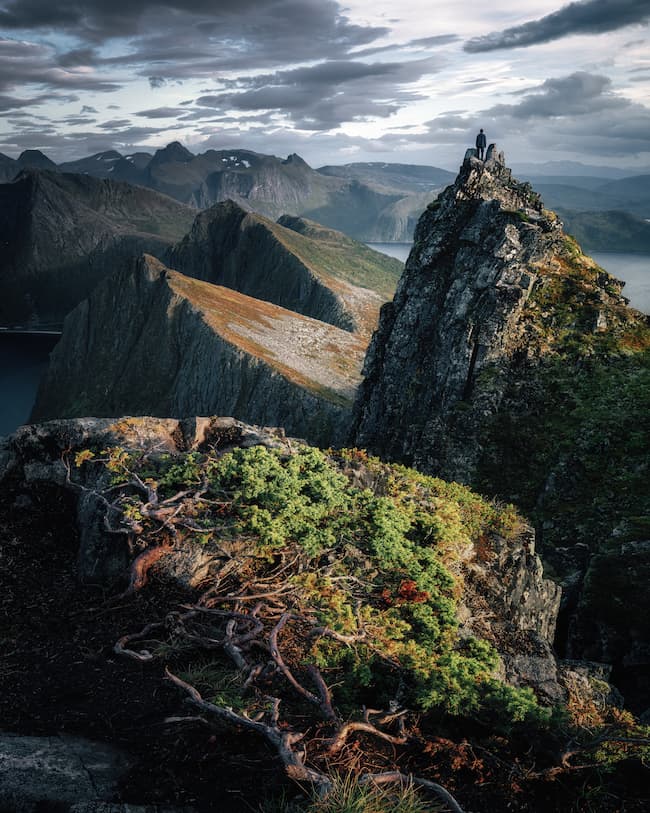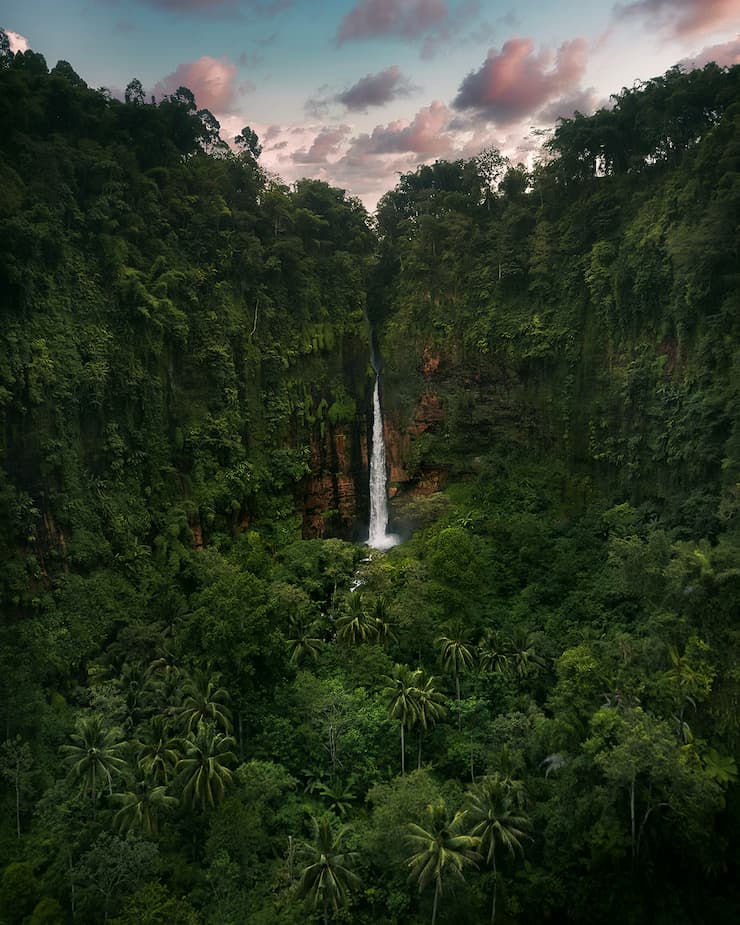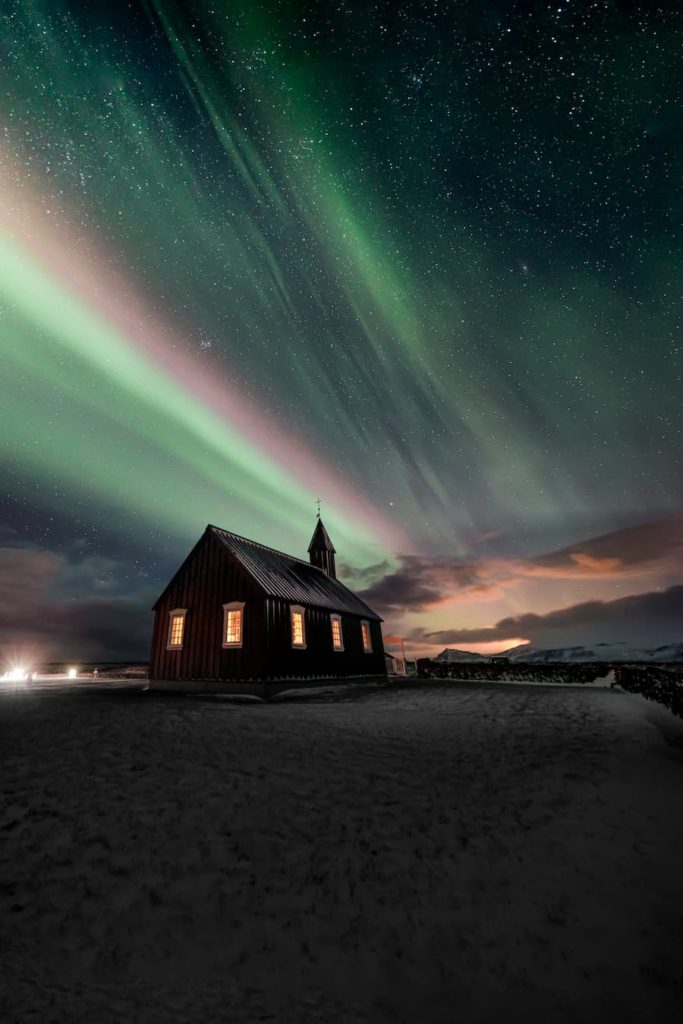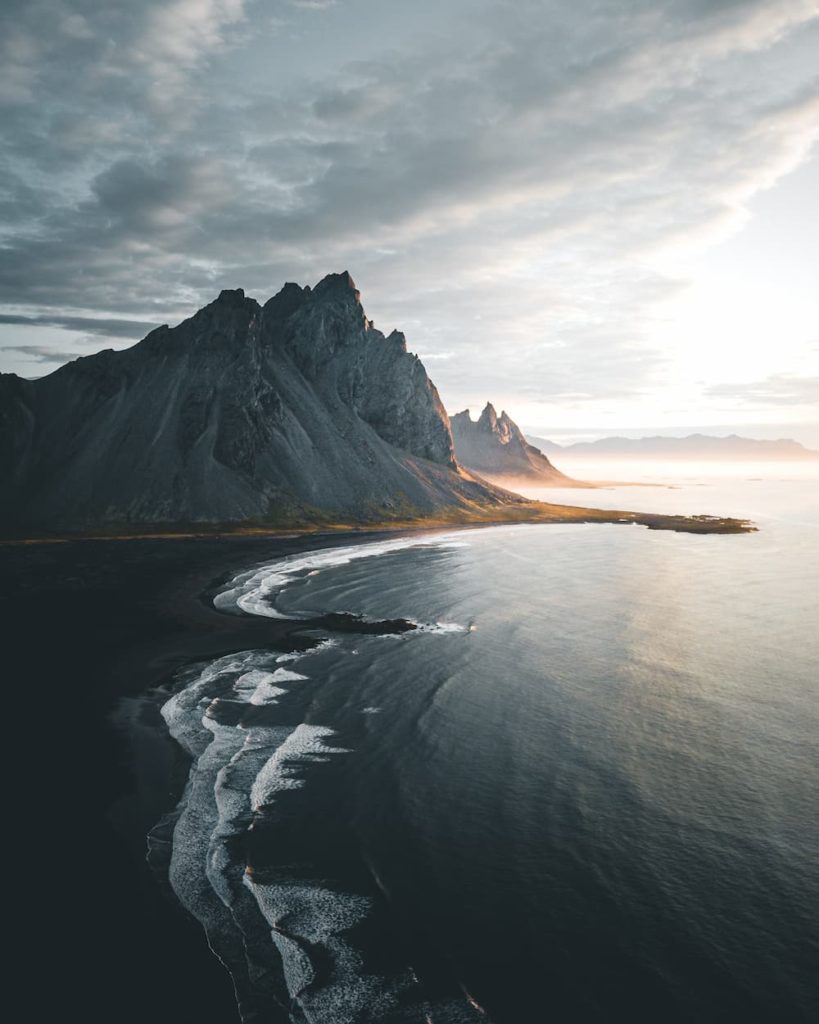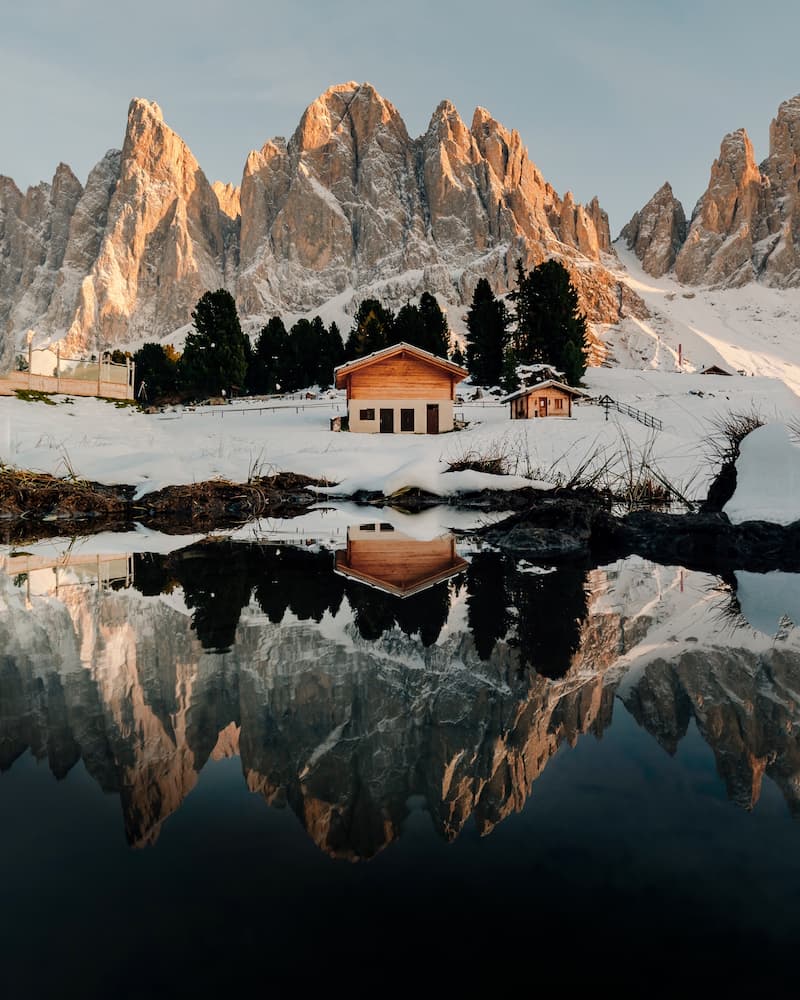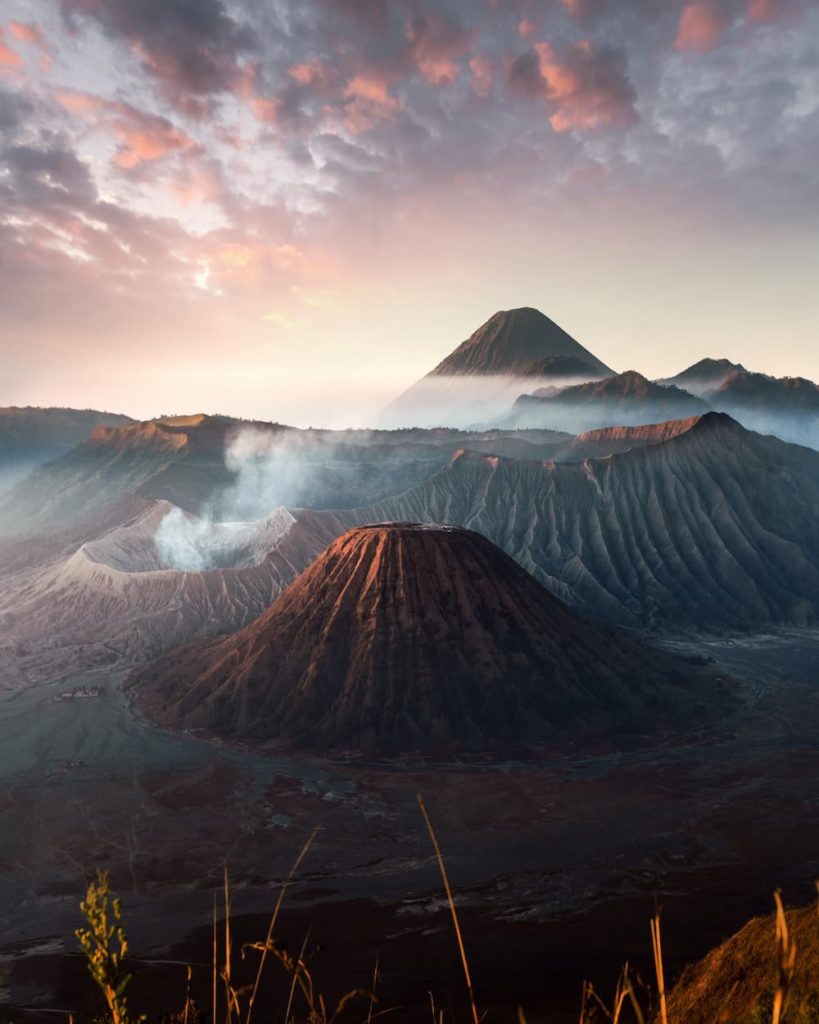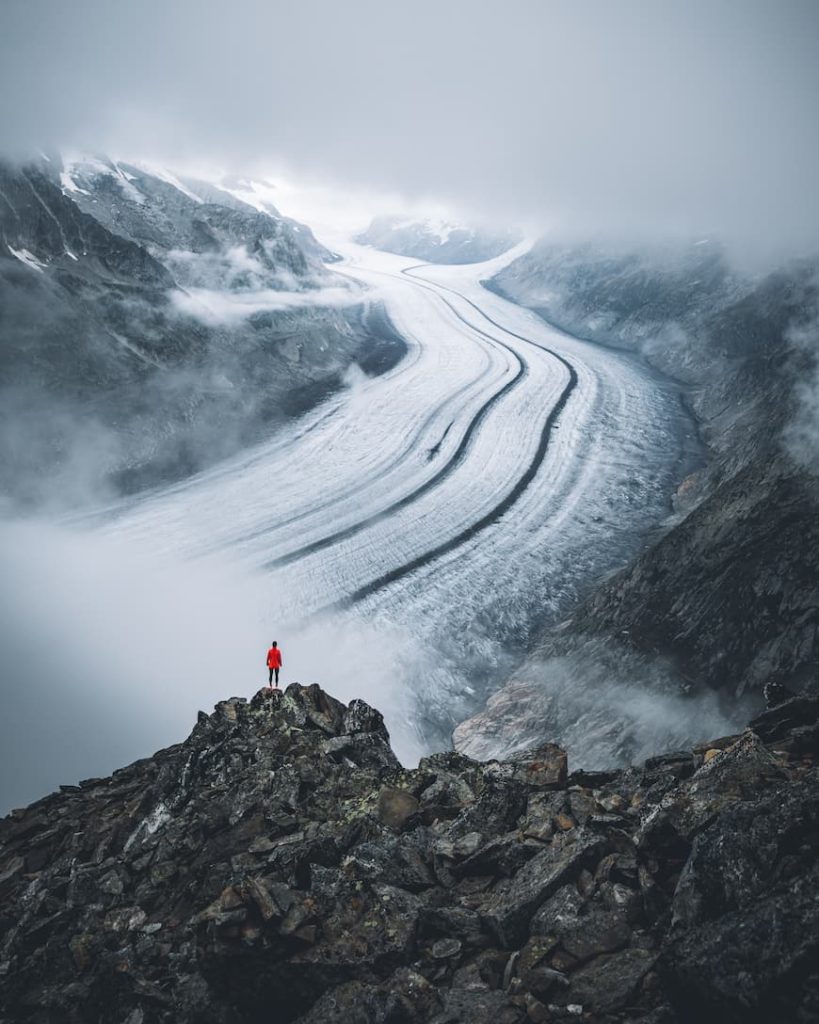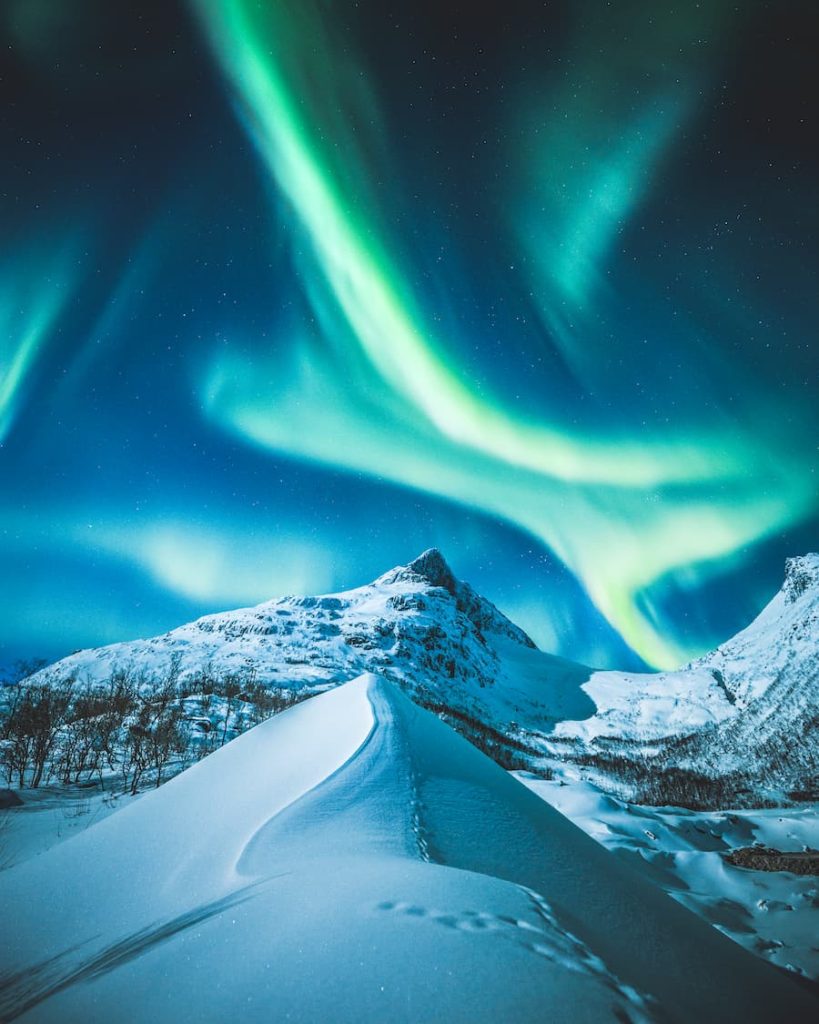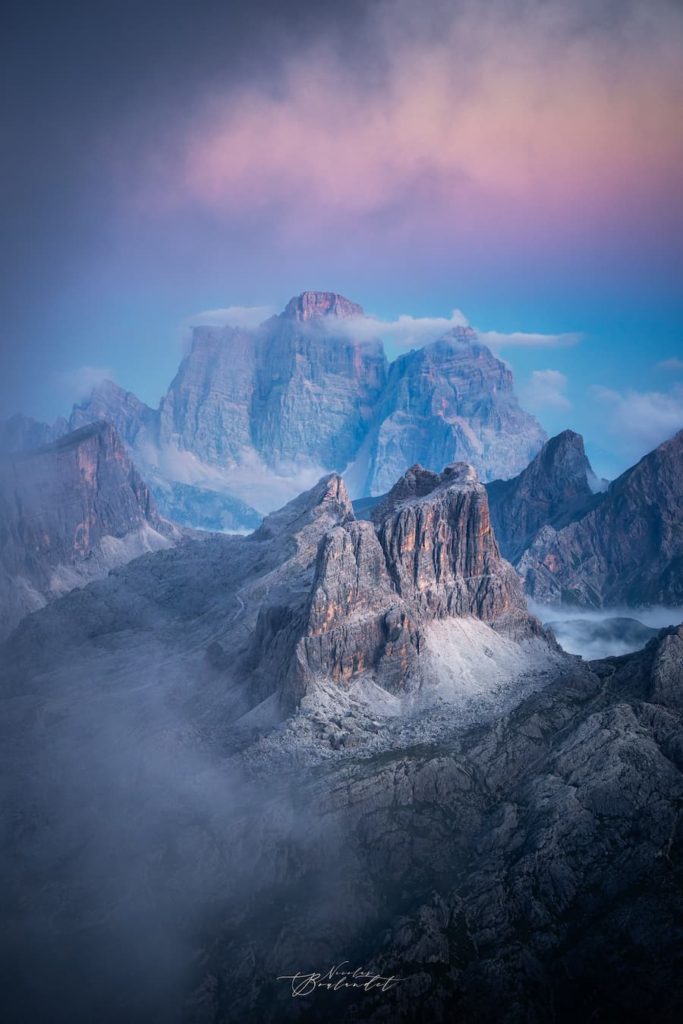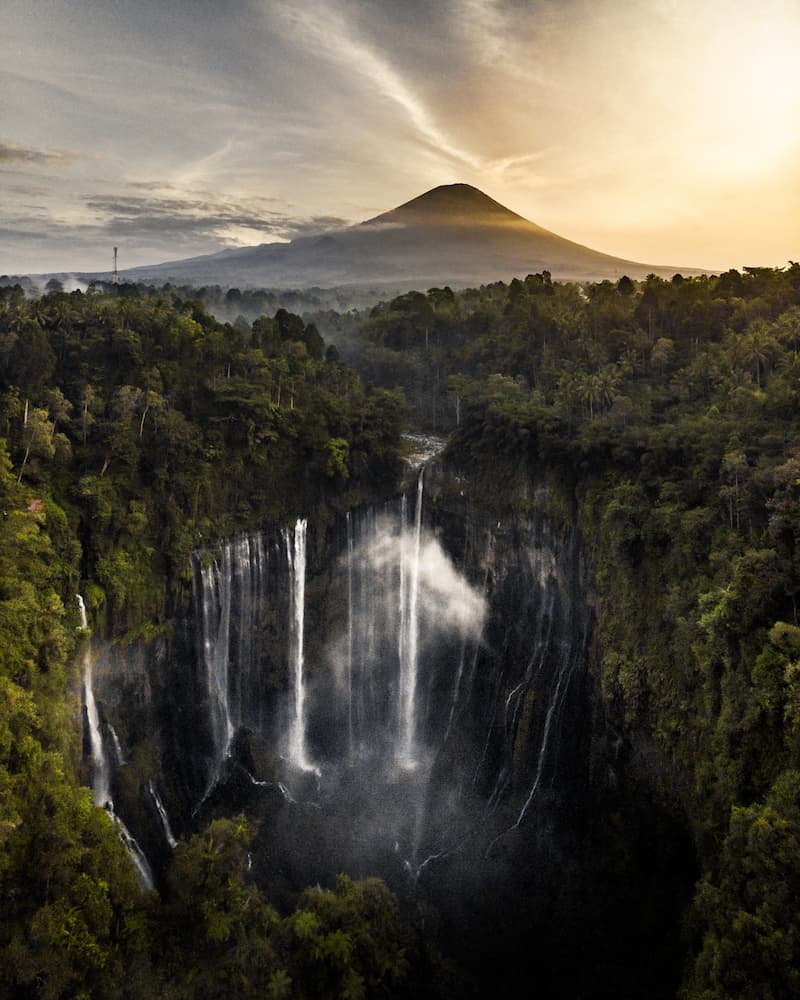
Sabrina Von Bein
@die_raubritterin
Best of the week 43 at #nomadict 2022
In 2008, I received my first SLR from my uncle. From then on, I took many photos during my trips, but I was never satisfied with my results. I always had the feeling that something was missing from my photos. Then, in 2017, I joined a local photo club. That was the first time I heard about composition rules, RAW format, and the possibilities and power of editing. Gathering all this information and applying it to my work was a big step!
Another step forward was when I photographed solely using the manual settings for one year. In the beginning, most of the photos failed, but after some weeks, I got a feeling for the correct settings. Since then, my photography skills have developed continuously. Even today, I learn something new with every further photo excursion, and two years ago, I switched to mirrorless full-frame cameras. Their dynamic range and image stabilizer are magnificent and open up new possibilities.
For me, photography and traveling are a perfect combination of what I love to do. The phrase “traveling or hiking without my camera is like going on a honeymoon without taking my husband with me” applies to me quite well. And Germany and its landscapes have contributed to this journey.
I live in upper Bavaria near the alps, so most of my photos are taken during hiking trips. During the pandemic, I learned to appreciate the beauty of my homeland again, and I can say that I am blessed to live in such a beautiful corner of Germany.
In my home area, I also had the opportunity to develop my style. In this regard, I must be at the right place on top of the mountain before sunrise or sunset. I am in love with the golden hour and the warm tones. My landscape pictures have intense colors, and a blurred foreground makes photos more interesting for me. Images of mountains may also make it easier to appear majestic, as most people are fascinated by this force of nature.
I captured the winning photo in a unique region. Visiting South Tyrol, Italy, was on my bucket list for a long time. The alarm clock rang at 4 a.m. It was not easy for me to leave the warm hotel bed as it was freezing outside.
In the dark, I had to wait about one hour till sunrise. However, it is a great feeling when the day begins, the birds start singing, and the first rays of sunshine reach the summit. Moments like this make you forget every effort.
My want-to-shoot motif was not possible due to the prolonged drought this year. The Lago di Braies had less water than anticipated, so I had to find another composition. Two days before I took the winning photo, I visited the lake in the afternoon to have a first overview of the local conditions. If possible, I always scout out a new location before a shoot. Then I am more relaxed about shooting the photo I want. That is why I chose the aerial view, and for the composition, it was not relevant to see the mountain reflected in the lake. I wanted the yellow larches to frame the lake and draw more attention to the peak gently kissed by the first sunlight.
Back home and while editing, I used one of my presets for this landscape shot. To retain some detail, I brightened up the shadows and mid-tones a little bit. The sky and the mountain in the background were a bit too bright. That is why I reduced the highlights. I increased the saturation of yellow and blue tones and reduced the clarity of the whole photo for a dreamy look. For the next step, I added a radial filter to darken the edges in the lower section to direct the view to the mountain. The final step was adding some dodge and burn. To crop the photo and decide which look/preset fits best were steps that I completed beforehand.
"I feel like capturing this image taught me an important lesson. Always think outside the box!"
If it is impossible to take the photo you had in mind, it is always worth a new try with another composition. It is worth a mint to scout out a new location before you want to shoot.
Then, the most crucial ingredients for a great landscape photo are the following, in my opinion:
(1) It does not matter how spectacular the landscape is if you do not manage to convey emotions
(2) I am in love with the warm tones of sunrise and sunset. Such photos are always appealing to me right away
(3) Blurred flowers or rocks in the foreground give depth to the picture
(4) And lastly, the use of leading lines.
Making a living as a photographer is not easy. So I feel proud because my photos are part of travel guides and other books. I regularly take part in photo exhibitions with my local photo club. It is always something special to see your photos printed. The more you show yourself to the public, the faster your work will be recognized!
Social media is a big way to draw attention to find new customers. Of course, it would be a dream for me to develop my landscape photography more professionally. Capturing photographs for hotels and tourism regions would be a possibility. I am excited to see where the journey will take me and my camera!
Would you like content like this sent to your inbox?
BEST OF THE WEEK JUNE 2021
BEST OF THE WEEK MAY 2021
BEST OF THE WEEK APRIL 2021
BEST OF THE WEEK MARCH 2021
BEST OF THE WEEK FEBRUARY 2021
BEST OF THE WEEK JANUARY 2021
NOMADICT
ART GALLERY
THE LATEST STORIES
WRITEN WITH PASSION TO INSPIRE YOU
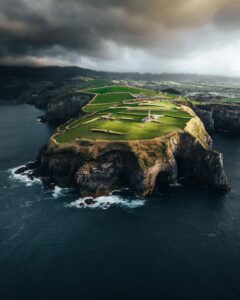
Photo tour in Azores, Portugal
Join us in the Azores for a unique photo tour, where you’ll elevate your creative skills with expert guidance from Ronald Soethje, Bruno Ázera, and Nomadict.
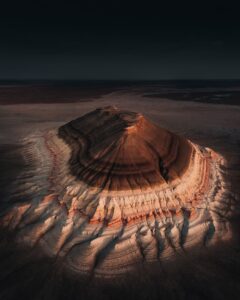
Forest Kai (@forest1kai): Photographer based in the US
In this article, Forest shares how years of chasing scale, silence, and raw landscapes shaped his approach to photography, from the deserts of Kazakhstan to the volcanic ridges of Iceland. He talks about how he uses light, texture, and vast negative space to create images that feel both intimate and overwhelming.
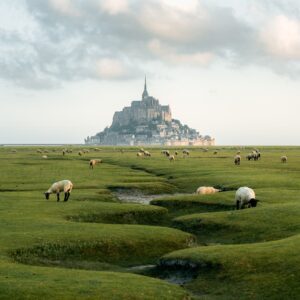
Simon Hechtbauer (@roamwithsimon): Best of the Week 32 at #nomadict
Simon shares the journey behind his photography, from early inspirations to field techniques, editing, and the story of the winning shot that shaped his path.

Miroslav Maršík (@miromarsik): Photographer based in Czech Republic
In this article, Miro shares how his love for cinematic music evolved into a deep passion for photography and how he uses light, color, and atmosphere to turn the streets of Prague into living film scenes.

Aurora photography panorama workflow: A guide to camera settings, editing, and color
In this article, Stefanie reveals how her background in physics sparked her passion for astrophotography and how she blends science with creativity to capture the beauty of the night sky. Readers will discover her approach to color, contrast, and editing, as well as her aurora photography workflow.

Yhabril (@yhabril): Best of the Week 33 at #nomadict
Spanish photographer Yhabril captures the profound connection between humans and the mountains that shaped him. Growing up in the Pyrenees, his work bridges outdoor sports, landscapes, and celestial scenes — often blending athletes, moonlight, and wilderness into striking visual stories.

Ariane Totzke (@besondersschwierig): Photographer based in Switzerland
In this article, Ariane shares how photography helped her navigate personal challenges, connect authentically with people and animals, and develop a philosophy rooted in empathy and artistic freedom. Readers will also discover her ethical approach to wildlife photography and her trusted equipment for both camouflage techniques and cameras.

How to photograph Dutch tulip fields: A guide to light, gear, composition, and colors
Discover how to photograph Dutch tulip fields in their most magical light. From choosing the right gear and lenses to mastering composition, color, and aerial perspectives, this guide shares creative techniques to capture the beauty of the Netherlands’ tulips. Learn how light, color grading, and proportion bring emotion into every frame.

